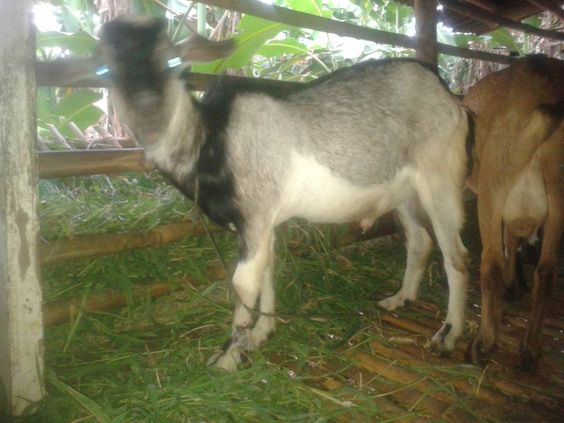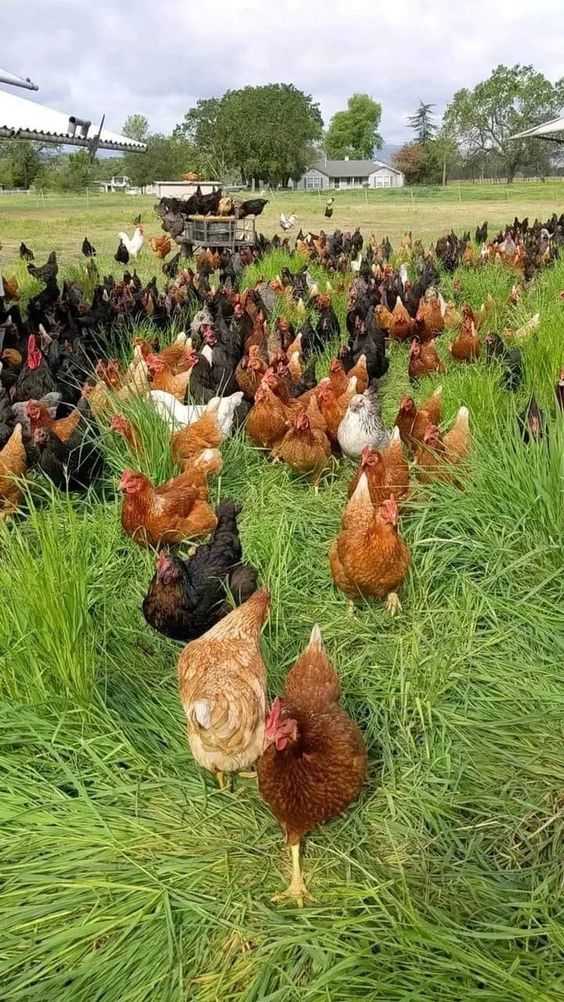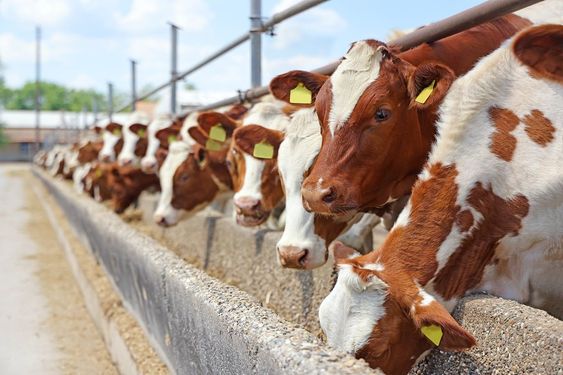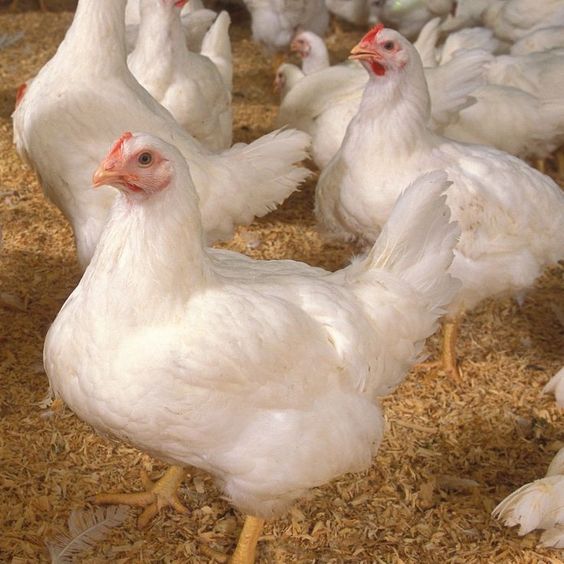Deep Dive into Livestock Development Programs: Empowering Communities
Core Objectives of a Livestock Development Program:
- Increased Productivity: Livestock Development Programs aim to equip farmers with improved breeding practices, nutrition management strategies, and better housing and sanitation facilities for their animals. This leads to healthier livestock, higher yields of milk, meat, eggs, and fiber, and ultimately, greater profitability for farmers.
- Improved Livelihoods: By enhancing productivity and marketability of livestock, these programs empower farmers, particularly smallholders, to generate more income and achieve greater financial security. This can translate into improved access to education, healthcare, and a better quality of life for families.
- Enhanced Food Security: Increased livestock production contributes to a more stable and reliable supply of nutritious food products like meat, milk, and eggs. This improves food security within communities, especially for vulnerable populations, and reduces reliance on external food sources.
- Economic Growth: A thriving livestock sector stimulates economic activity in rural areas. Programs can facilitate access to credit, markets, and processing facilities, fostering job creation, infrastructure development, and overall economic growth.
- Environmental Sustainability: Sustainable livestock management practices are often emphasized within these programs. This includes techniques for improved pasture management, reduced water usage, and responsible manure management to minimize environmental impact.
Key Components of a Livestock Development Program:
- Capacity Building: Training Livestock Development Programs equip farmers with the knowledge and skills required for effective livestock rearing. This can cover topics like animal breeding, nutrition, disease prevention, and herd management.
- Improved Veterinary Services: Livestock Development Programs can facilitate access to veterinary care, including vaccinations, treatment for diseases, and improved diagnostics. This ensures the health and well-being of livestock, minimizing losses and maximizing productivity.
- Market Access and Development: Programs can help farmers connect with reliable markets for their products, potentially through infrastructure development for transportation and storage, or by establishing farmer cooperatives for collective bargaining.
- Financial Support: Microloans, subsidies, and access to credit schemes can be provided to farmers to invest in better breeds, feed, equipment, and infrastructure, accelerating their progress.
- Technological Innovation: Introducing new technologies like improved feed formulations, automated milking systems, or digital tools for herd management can significantly enhance efficiency and productivity.
Examples of Successful Livestock Development Programs:
- Family Sector Livestock Development Programme (IFAD): This program focuses on increasing livestock production in developing countries, particularly among smallholder farmers. It promotes the introduction of poultry, small ruminants, and even larger animals where feasible, while also supporting disease control and surveillance.
- Sustainable Livestock Development Program for Results (World Bank): This program aims to boost livestock productivity in specific regions, leading to improved returns for farmers. It works closely with Pasture Users’ Unions to implement successful strategies for pasture management and veterinary services.
- Livestock Program (Department of Agriculture, Philippines): This program has a multi-pronged approach of increasing livestock production, promoting enterprise development for farmers, and ensuring environmentally sustainable practices. It aims to improve the availability, affordability, and accessibility of livestock products for Filipinos.
The Impact of Effective Livestock Development Programs:
Livestock Development Programs can have a significant and far-reaching impact on various aspects of society:
- Reduced Poverty: Increased income for farmers, particularly in rural areas, directly contributes to poverty reduction.
- Improved Nutrition: Increased access to animal-sourced foods like milk, meat, and eggs improves dietary diversity and overall nutritional status within communities.
- Empowerment of Women: Livestock rearing is often a significant responsibility for women in rural households. Programs that provide training and resources can empower women, improve their decision-making power, and enhance their economic participation.
- Environmental Benefits: Sustainable practices promoted by these programs can minimize deforestation, improve soil health, and reduce greenhouse gas emissions associated with livestock production.
Challenges and Considerations for Livestock Development Programs:
- Sustainability: Ensuring long-term program sustainability requires effective planning, community ownership, and a focus on capacity building to empower farmers to continue best practices after program completion.
- Climate Change: Adapting to the impacts of climate change, such as water scarcity and extreme weather events, is crucial for the sustainability of livestock production systems.
- Market Fluctuations: Programs should help farmers navigate volatile market conditions by promoting diversification, value addition, and access to reliable market information.
- Disease Prevention: Effective disease surveillance, rapid response mechanisms, and farmer education on biosecurity protocols are essential for safeguarding animal health and program success.






